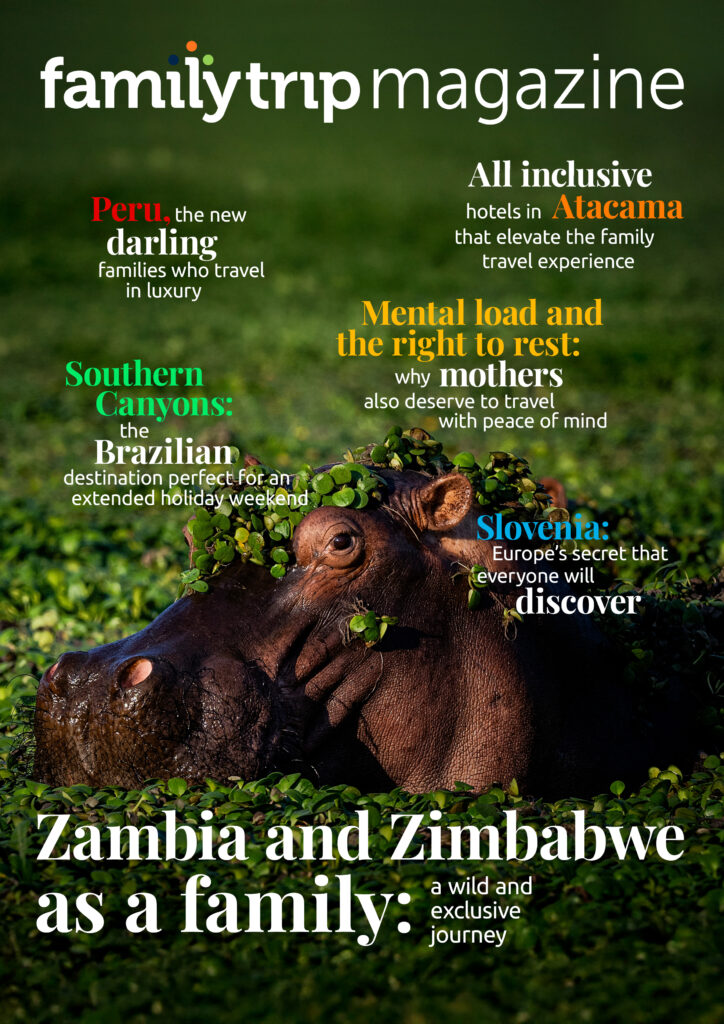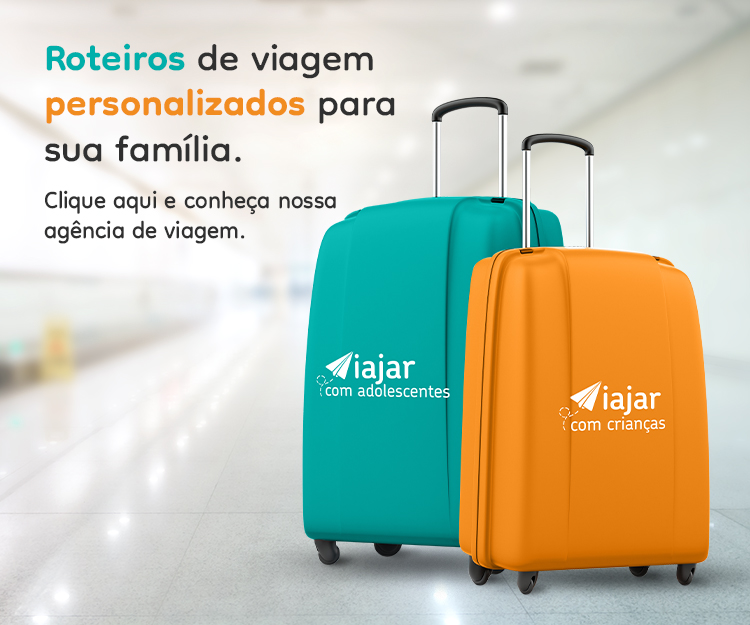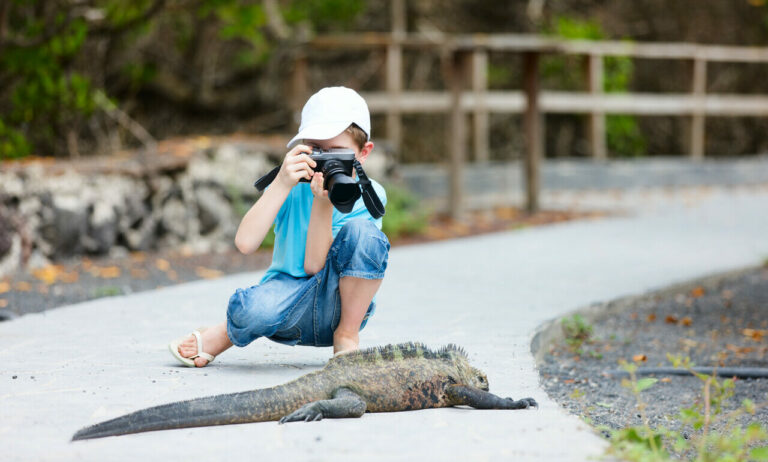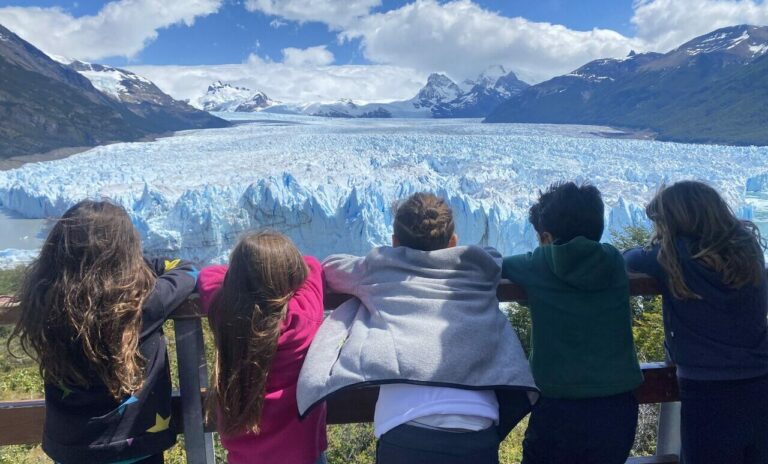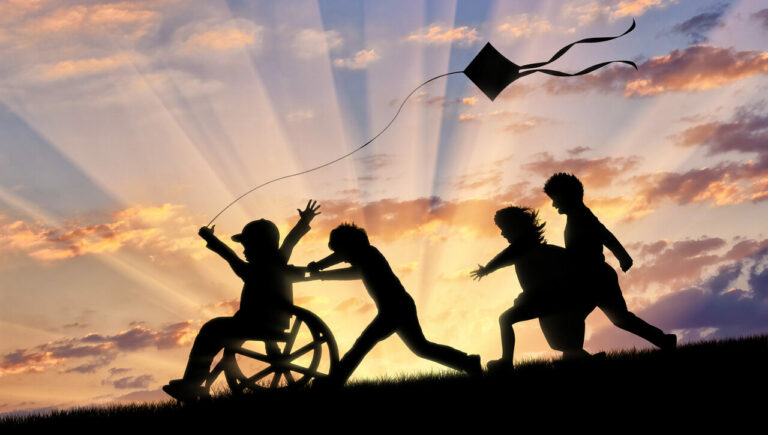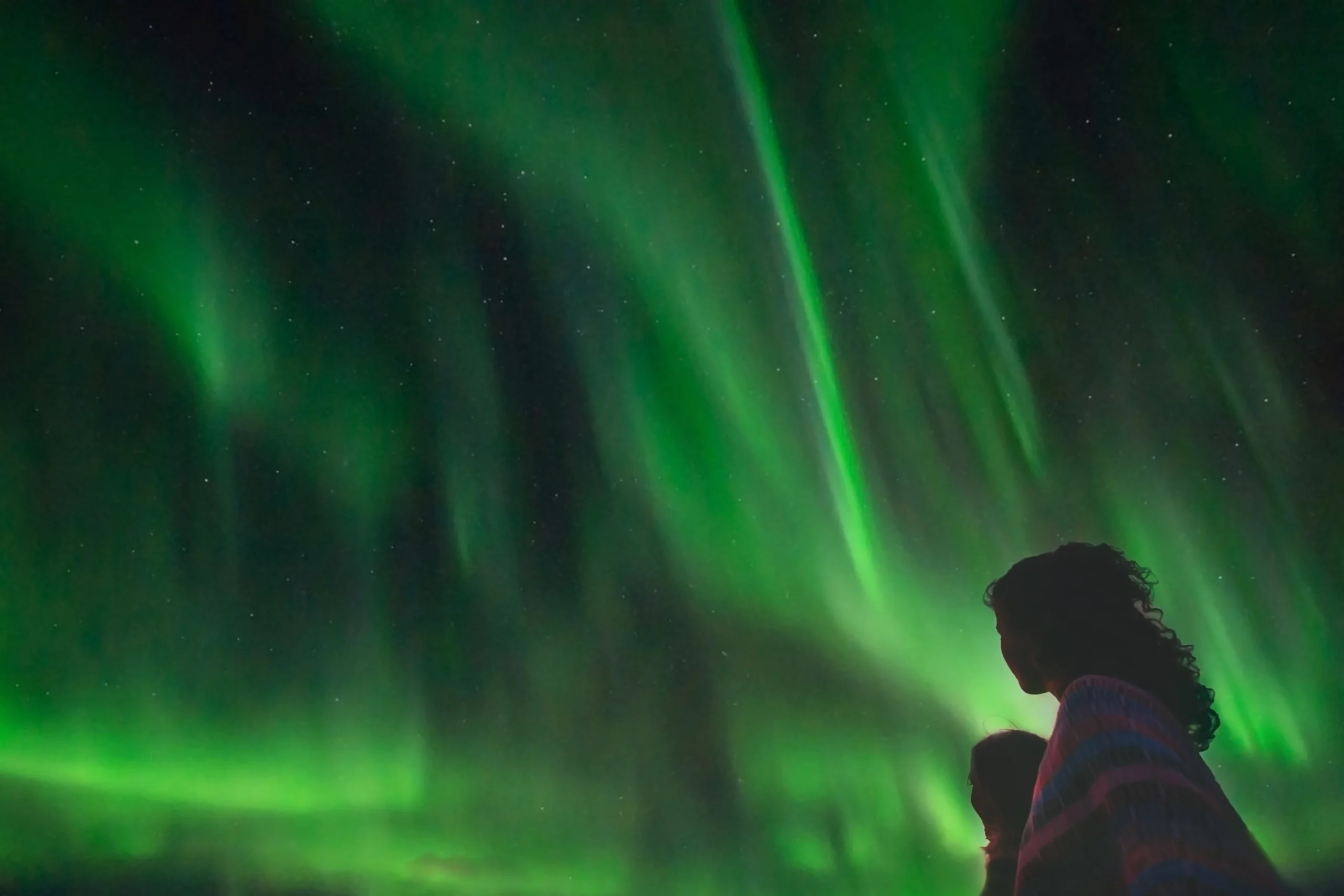
- Travel inspiration
Nordic countries: when summer and winter create two different trips
Seasons transform Northern Europe into two distinct worlds, offering families experiences as contrasting as they are unforgettable
By Caroline Sundfeld
Traveling to Nordic countries with children means discovering destinations where childhood is respected and nature integrates into families’ daily lives. Norway, Sweden, Denmark, Finland, and Iceland form a region that combines safety, well-planned infrastructure, and landscapes that alternate between fjords, northern lights, snowy villages, and Santa Claus’s official home.
The great surprise of Nordic countries lies in the difference between seasons. A family that travels in summer experiences something completely different from one that travels in winter. It’s not just about temperature, as each season offers activities, landscapes, and rhythms that define the trip’s character.
Summer: days that never end
Between June and September, Nordic countries show a face that surprises those who associate them only with cold. In May, the sun rises at 4 AM and sets at 10 PM, creating long days that allow families to explore without rush.
Temperatures range between 15°C and 25°C (59°F to 77°F), comfortable for walking through Norwegian fjords, boat trips through Swedish archipelagos, or biking through Copenhagen parks. Summer is high season, with museums operating extended hours, street festivals, and a more intense social atmosphere.
For children accustomed to heat, the mild Nordic summer climate facilitates outdoor activities without extreme heat fatigue. Parents can plan longer itineraries, knowing that weather conditions favor travel and urban exploration.
Restaurants operate late, offering outdoor dinners while the sun still shines in the sky. Many establishments expand their children’s menus during the season, taking advantage of fresh local ingredients.
Winter: the kingdom of snow and lights
From December to March, the same region transforms. The sun appears only between 9 AM and 3 PM, creating short days and long nights that provide experiences impossible to replicate in other seasons.
Nordic winter offers families contact with phenomena that don’t exist in our country: snow that accumulates for months, frozen lakes that become temporary roads, and especially the northern lights that dance in the sky during dark nights.
Activities adapt to cold and darkness. Dog sledding with huskies, snowmobile driving on icy trails, and visiting Santa’s village in Rovaniemi, Finland, create memories unique to this season.Every element of Nordic winter represents a discovery: snow’s texture, the sound it makes when stepped on, the vapor that comes from mouths in intense cold. In Rovaniemi, at the Husky Park, dogs roam free and children can interact directly with them, many accepting petting and play.
Each country has its particularities
Norway: fjords and mountains
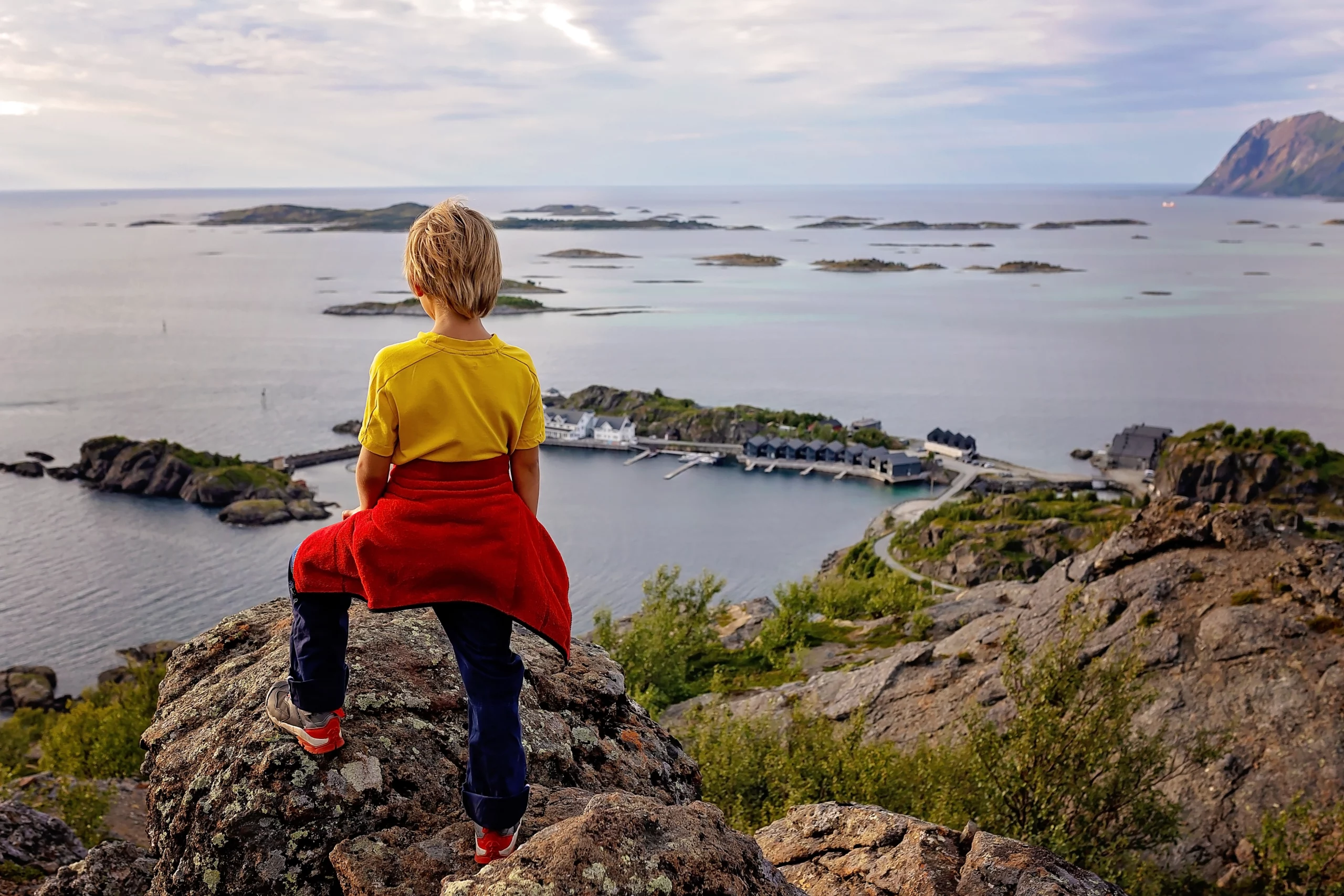
Norway impresses with geological formations. Fjords, which are valleys flooded by sea, create landscapes where mountains emerge directly from water. In summer, family navigations traverse these routes safely. In winter, the same mountains are covered with snow, transforming into scenery for seasonal sports.
Oslo combines museums that tell Viking history interactively with urban parks where children play while parents observe local architecture. The Norwegian capital functions as a base for families wanting to balance urban culture with nature.
Finland: forests and traditions
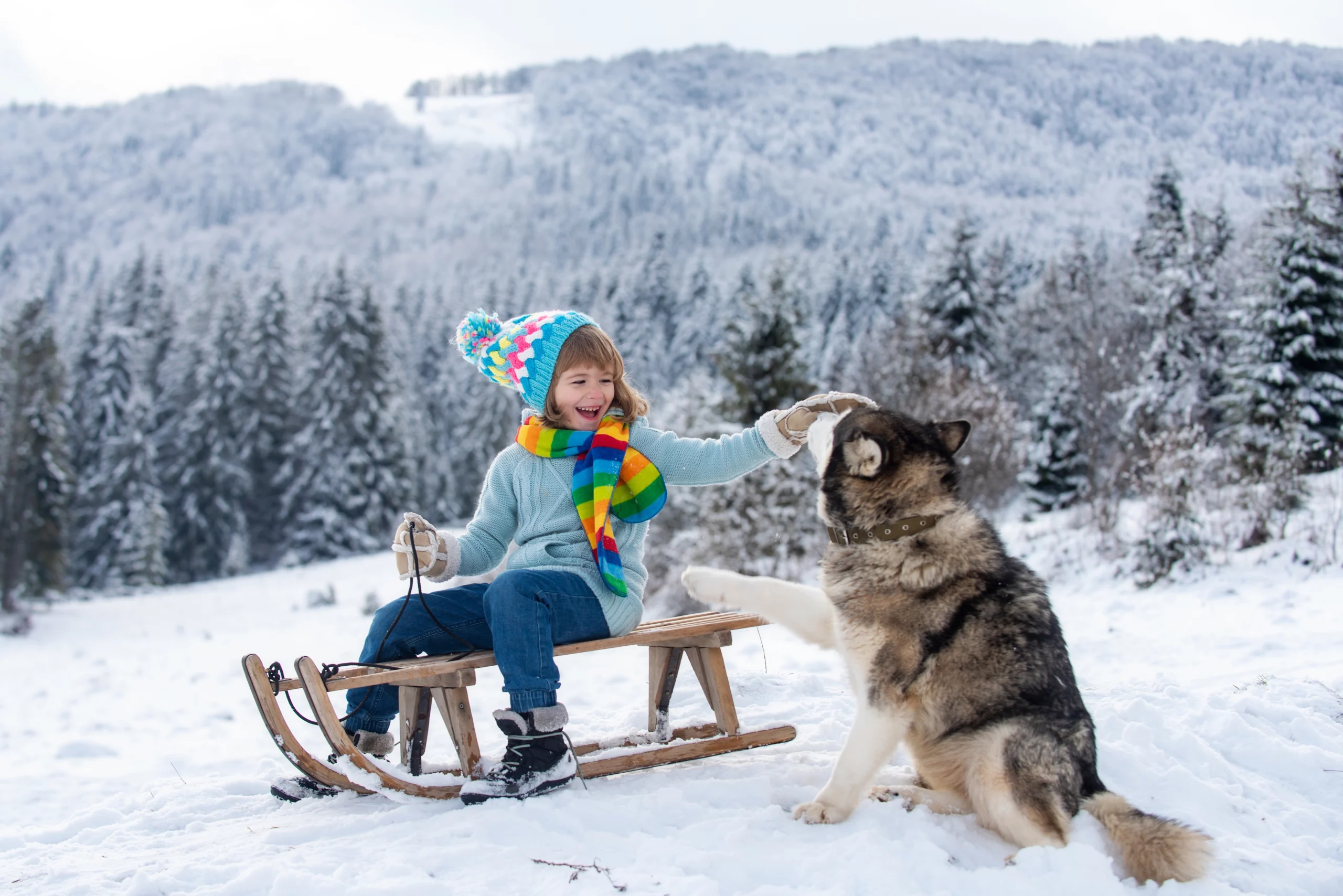
Finland houses 450,000 lakes and extensive pine forests. The country maintains traditions children can experience, like saunas — a fundamental part of local culture — and rural activities that connect families with the Finnish lifestyle.
Rovaniemi, in Lapland, functions as the world’s Christmas center. There, children encounter reindeer, participate in snow activities, and discover the structure built around Santa Claus’s figure. The city offers this programming year-round, not just during Christmas season.
Iceland: volcanic activity and lunar landscapes
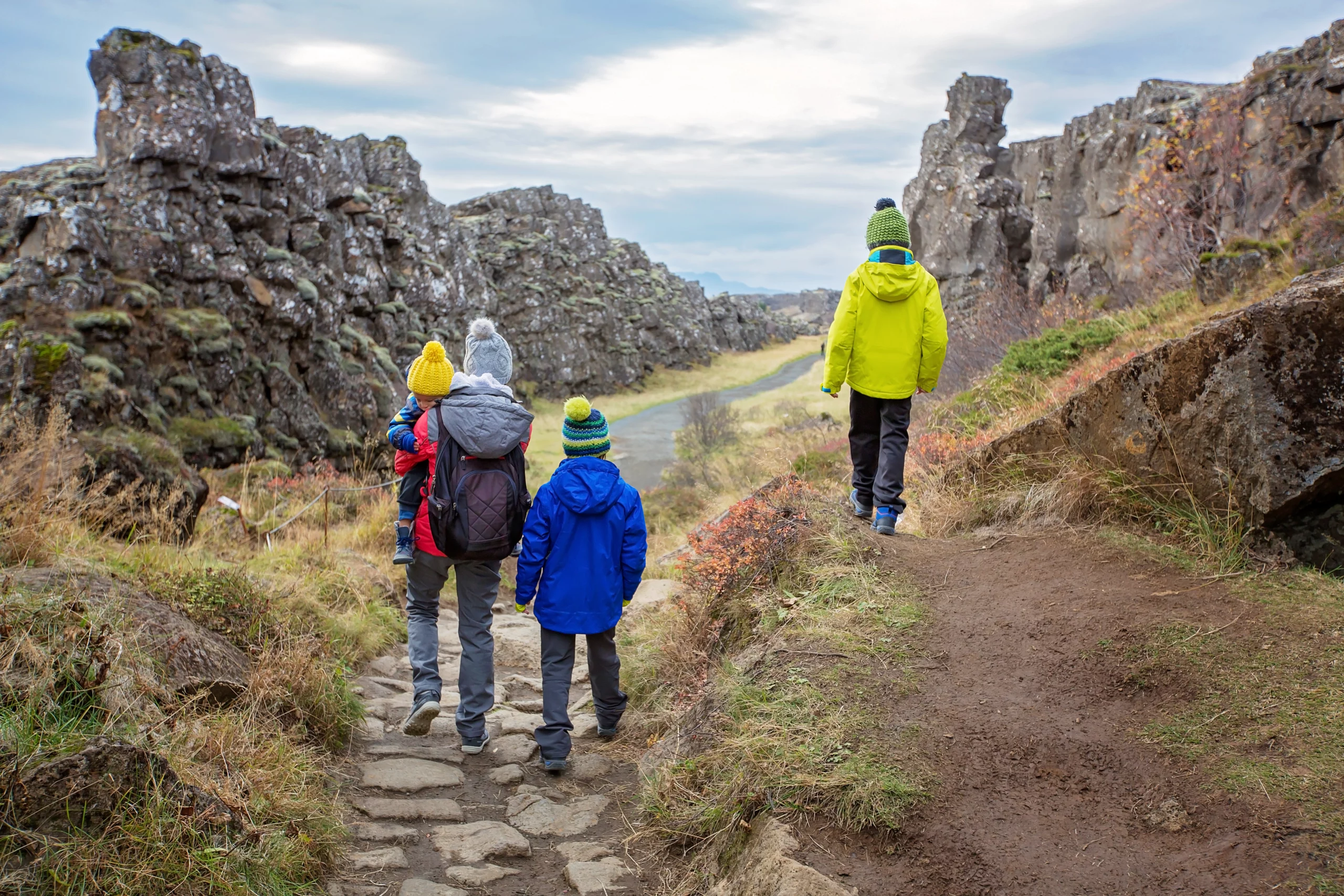
Iceland surprises with landscapes created by volcanic activity. With more than 200 active volcanoes, the country offers geysers, natural thermal pools, and rock formations that seem from another planet.
Children can observe rare geological phenomena, like geysers that expel hot water dozens of meters high. Thermal pools, naturally heated by the earth’s heat, allow outdoor bathing even when snowing.
Sweden: archipelago and design
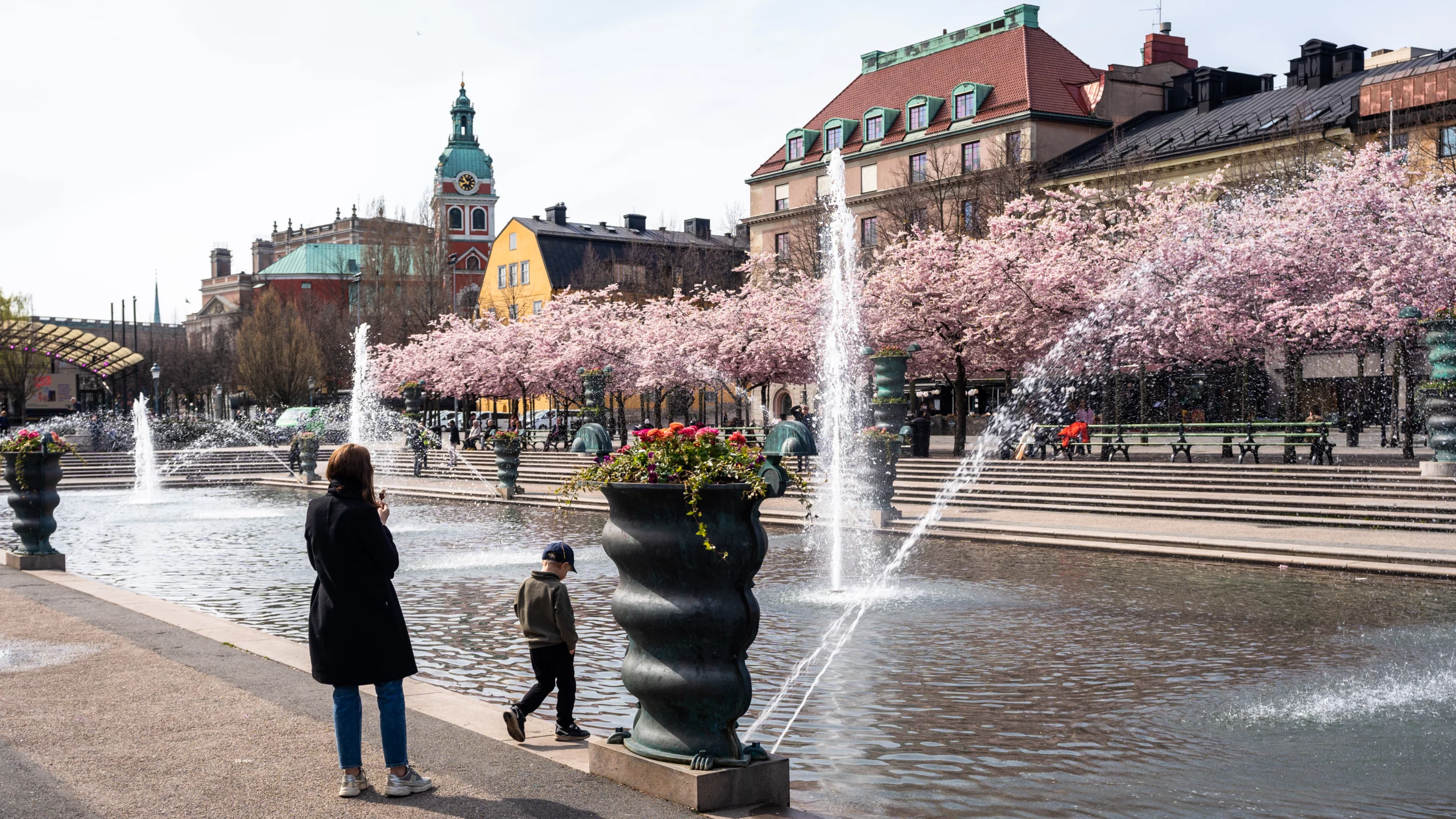
Stockholm spreads across 14 islands, connected by 53 bridges and ferries. The Swedish capital offers family-adapted museums, like the Vasa Museum, where a 17th-century ship remains intact after centuries submerged.
Sweden’s interior preserves rural villages where families can experience traditional agricultural activities and learn about sustainable practices integrated into local daily life.
Denmark: history and functionality
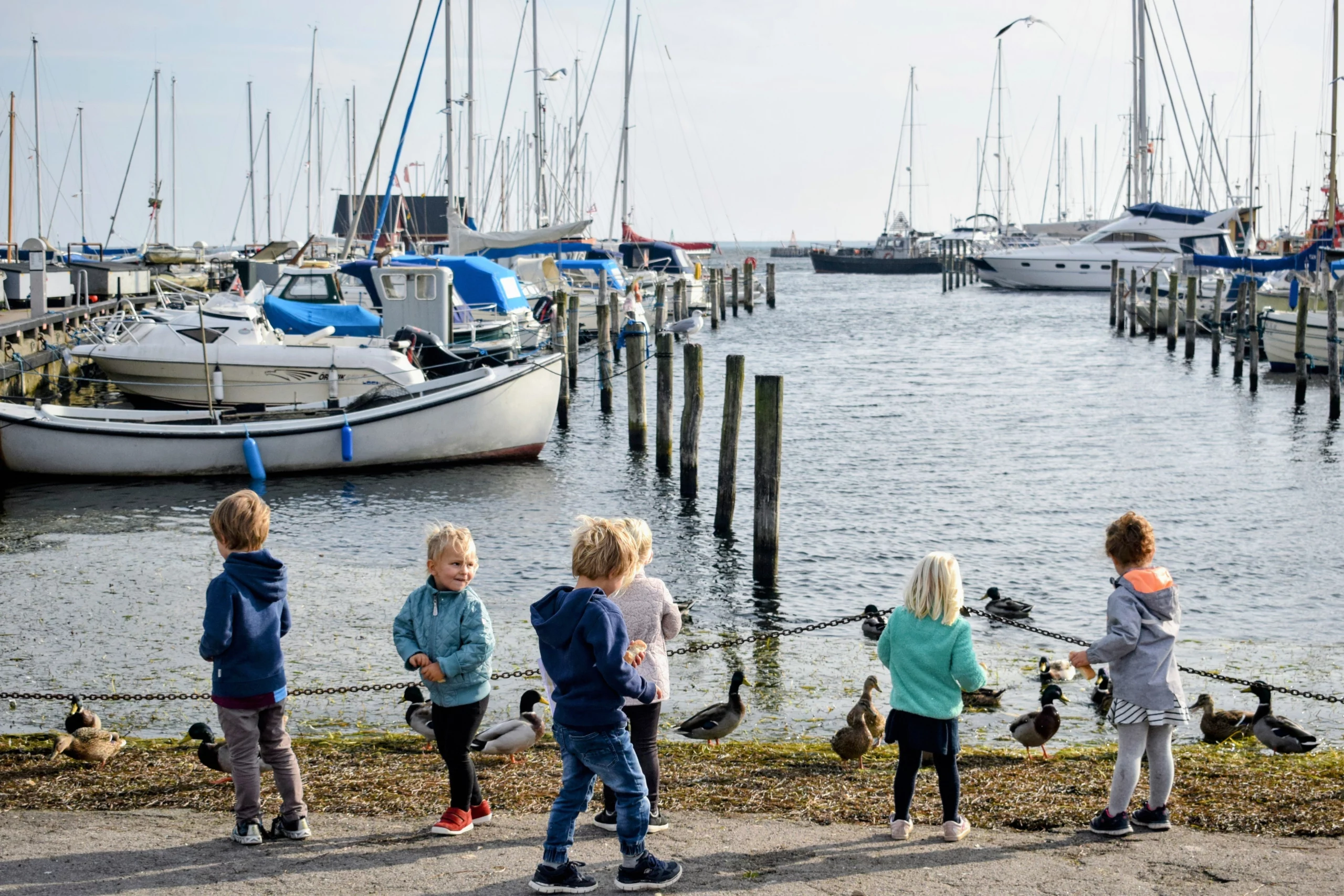
Denmark, homeland of Hans Christian Andersen, the famous children’s writer, maintains castles, canals, and Tivoli park, which has entertained families of various generations since 1843. Copenhagen functions as an introduction to Nordic countries for families traveling the region for the first time.
Danish design, known for functionality without excess, appears in tourist infrastructure, facilitating travel and stays for parents traveling with children.
Practical planning
The choice between summer and winter depends on family preferences. Summer favors those who prefer prolonged outdoor activities, extensive urban explorations, and flexible schedules. Winter serves families seeking specific seasonal experiences, like snow sports and northern lights observation.
The trip works better for children from 8 years old, an age when they can enjoy longer walks, understand museum explanations, and be interested in the region’s cultural differences.
Family infrastructure
All Nordic countries have infrastructure designed for families. Public transportation operates with regular schedules, there’s signage in English, and the population speaks the language fluently. With basic English, families can communicate without difficulties.
Hotels offer family rooms and tourist attractions provide activities for different ages. Many establishments lend equipment like baby strollers and car seats, reducing what families need to carry.
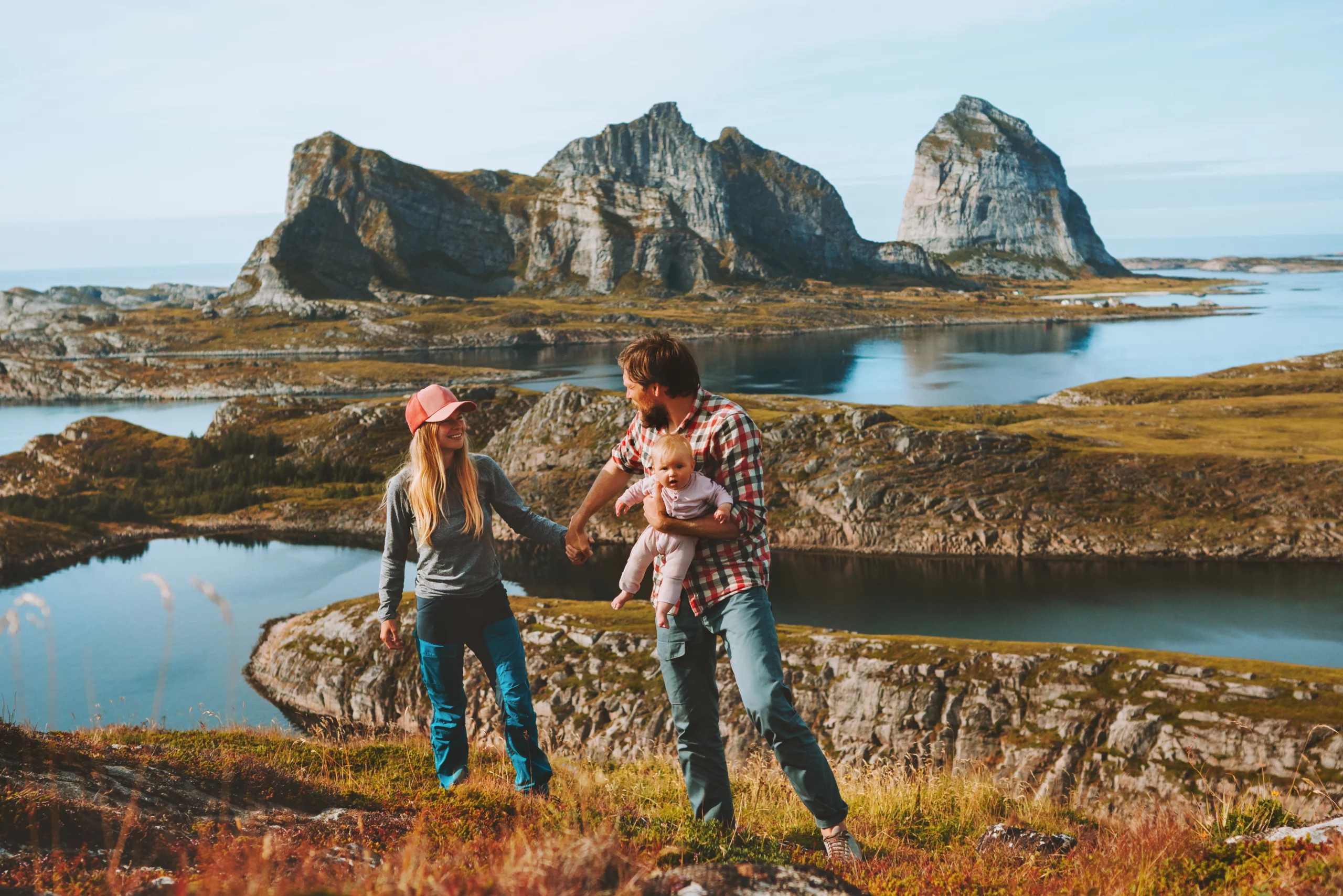
The trip’s return and lessons learned
The region allows families to observe how other countries organize societies that prioritize well-being, sustainability, and quality of life. Children see clean transportation systems, organized cities, and populations that respect common spaces.
Well-maintained public parks, libraries with children’s spaces, and museums that stimulate interaction show how investment in family infrastructure works in practice. Children return with different references about social organization and environmental care.
Families visiting Nordic countries return with broadened perspectives on alternative lifestyles. Children compare what they saw with their reality, developing critical sense about urban organization, environmental preservation, and social coexistence.
Things the Way Family love to pack in their suitcase:
Gate
Eletronics for the travel: smartphone, drone, câmera, charger,…
Destiny
UV clothes, bikinis, caps, diving goggles, snorkel mask and other accessories…

